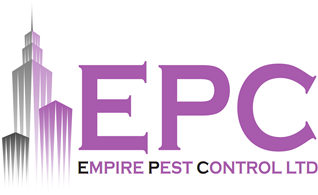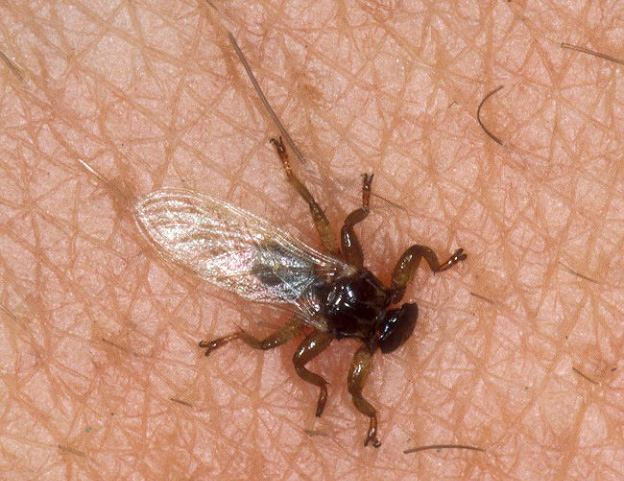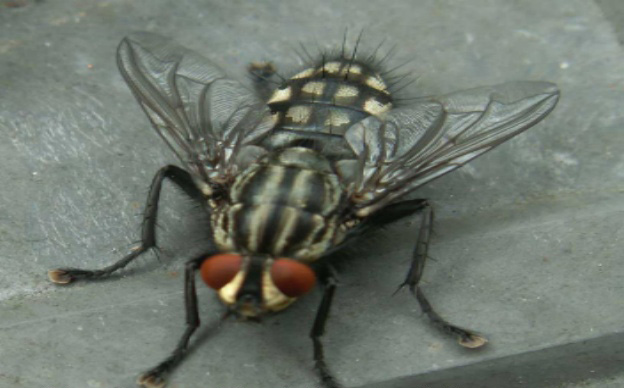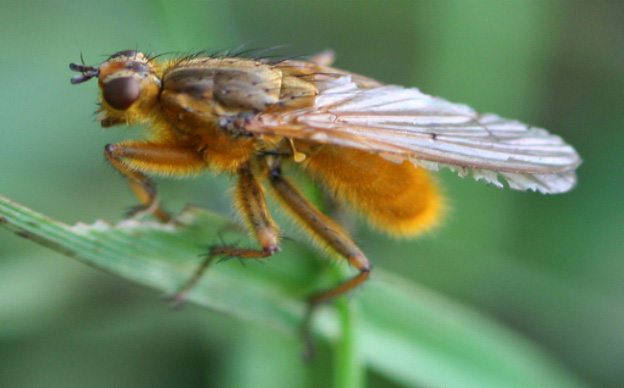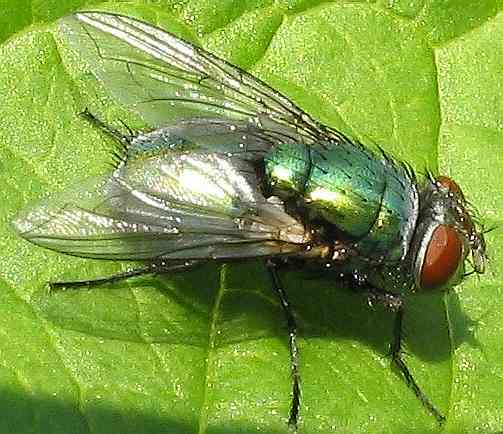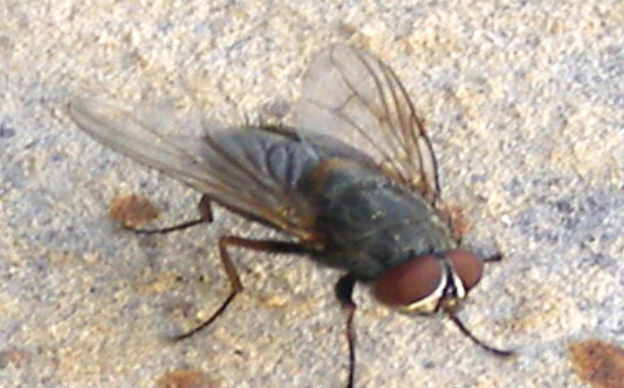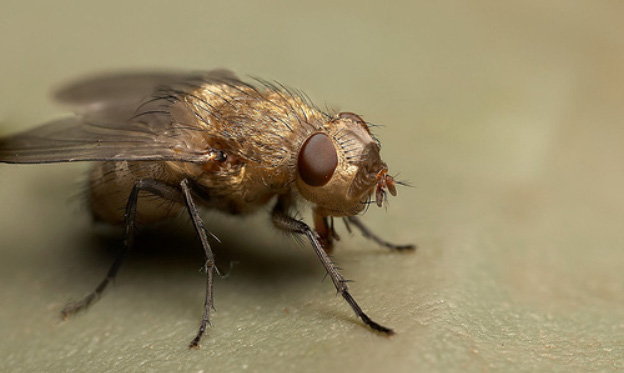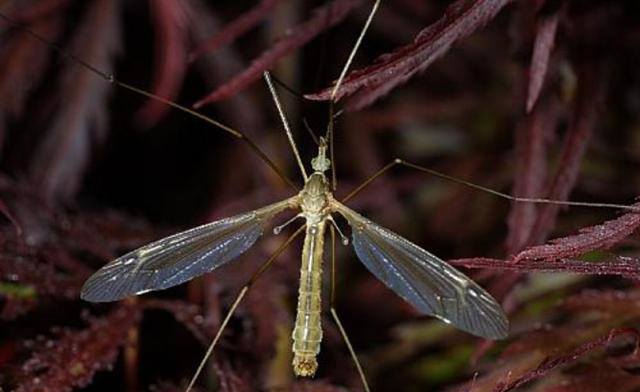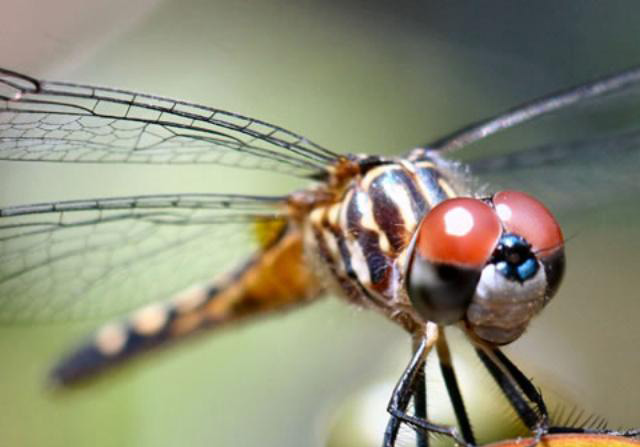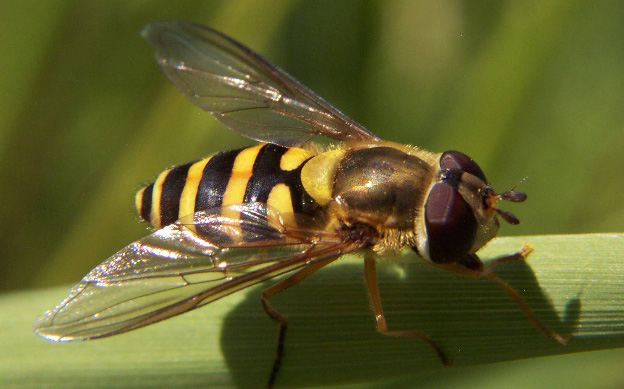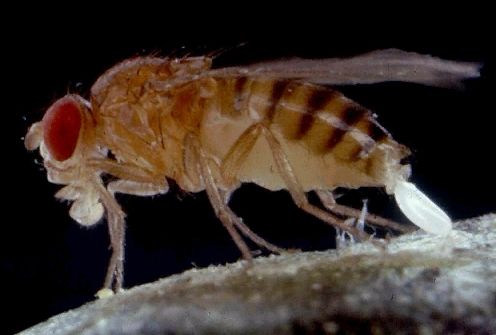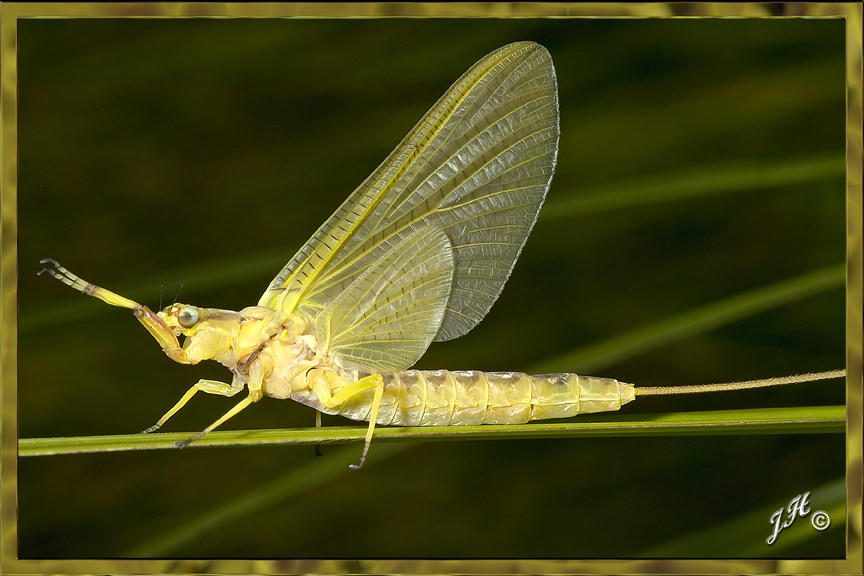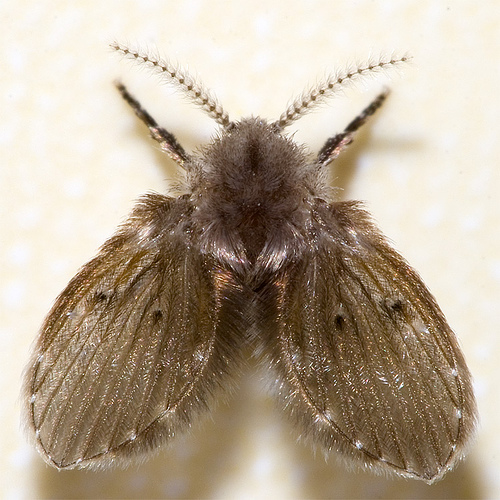ORDER: Diptera
FAMILY: Muscidae
The Lesser House Fly is more common in houses than the Common House Fly. It is the fly that flies incessantly round lights and objects and changes direction erratically during flight. These flies a problem in buildings in rural locations, usually close to farming communities.
Size, Shape and Colour: The body of the Lesser House Fly is 6mm in length and has a wingspan of 12mm. It is dark grey in colour with 3 darker stripes on dorsum of the thorax. When this fly is in a rested position the wings are folded back showing the 4th vein extending to the wing edge. The larvae can be recognised by their dorso-ventrally flattened bodies, the pupae resembles the larvae but is dark in colour and more rigid.
Biology: At approximately 10 days old the female will lay around 50 eggs which are about 1mm in length, these are laid in batches in areas such as cow or poultry dung, vegetable, fungal and organic matter. These will hatch within 24-48 hours. The larvae will then go on to moult 3 times in approximately an 8-10 day period which will see the larve reach a size of 6mm. The complete cycle from egg to adulthood can be as long as 3 weeks.
Preferred Foods: The adult fly will feed on decomposing organic matter, however the larvae will prefer dung.
Habitat: This fly will enter buildings through simple open doors and windows in seek of a food source or an egg laying opportunity. They will thrive on poor hygiene and bad housekeeping practices. This particular fly will be in need of an alighting surface (a place to rest) more than most.

